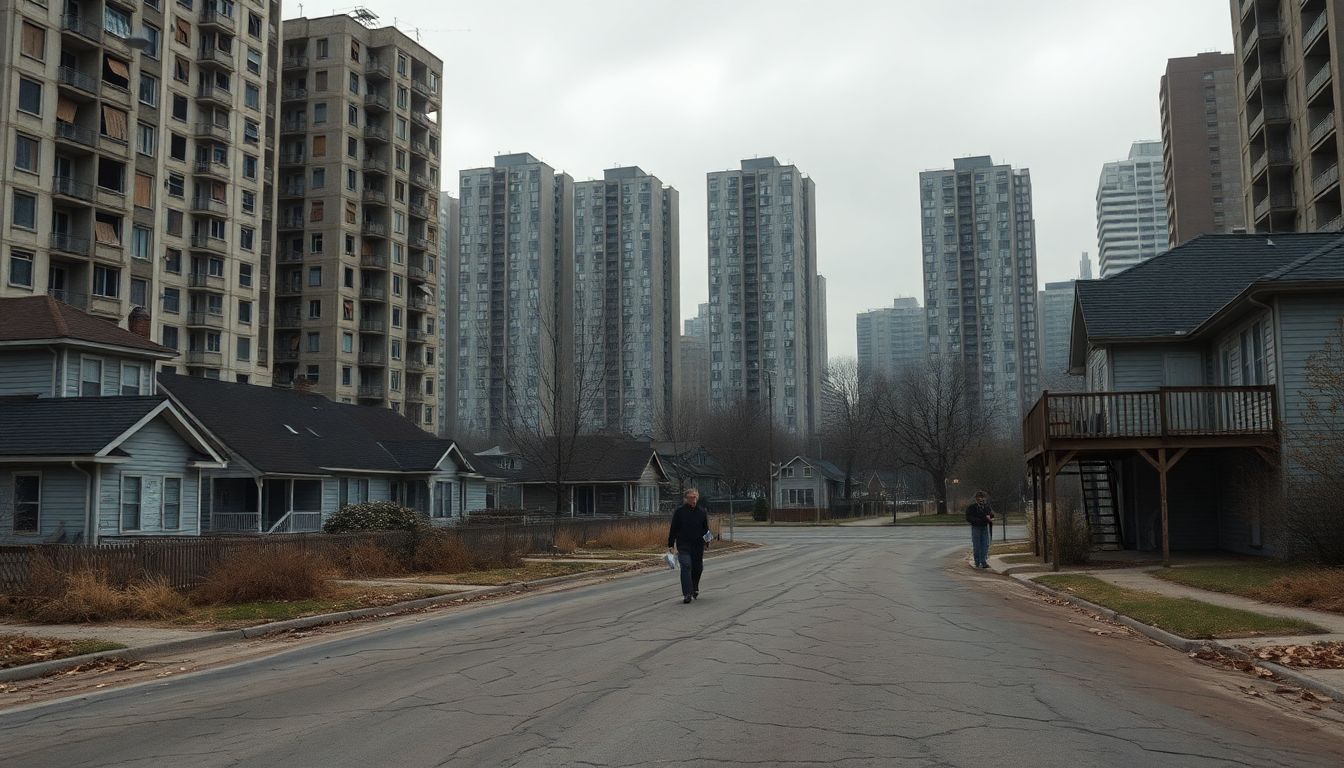Imagine it: losing your house and all of the things you ever worked for. That is what happened to millions in the 2008 real estate market crash. It wasn’t about housing alone—it shook the entire world. In this article, we will look into all the things that caused it, as well as how it went down and lessons that can be learned. Let’s dive right in and get some more information about this defining moment.
The Precursors before the Crisis: Prelude
Some things came together to create the perfect storm. Low interest rates, along with loose lending rules, had made it all easier for people to purchase homes. Investment firms jumped in then, creating complicated securities that masked a lot of hidden risk. The recipe is disaster.
The Upsurge of Subprime Mortgages
Subprime mortgages are given to people whose credit is below average. This was generally where lenders introduced interest rates that, at the beginning, would be very low. This is turned into affordable homes available almost to anyone. Adjustable-rate mortgages (ARMs) were also in play. These are the kinds of loans where the rate could change over the duration of the loan term. This turned out to be one of the factors pushing this boom in the housing market.
The Function of Mortgage-Backed Securities (MBS)
Those mortgages were not kept to the banks, but bundled up in mortgage-backed securities (MBS) and sold to investors, just like how a pizza gets in slices and sold by slices. But these securities are complex, and it is hard to tell what really is out there so most investors don’t know.
Regulatory Failures and Oversight
There weren’t enough rules in place so there was no way to stop the action as risky as that was. Government bodies were also put in place to monitor such activities. But that will not happen as it fails to supervise this housing bubble grows even bigger, while some regulations in their part would have stopped the crash.
The Domino Effect of How the Crash Happened
Once the bubble burst, the house started falling with a crash. Default on mortgage payment became a widespread phenomenon. Major financial breakdowns developed, resulting in a large-scale credit crunch. The whole economy suffered.
Housing Bubble Bursts
Interest rates began going up, and the values of houses began going down. All of a sudden, a great number of homeowners became unable to pay their mortgages. This triggered a wave of defaults and then foreclosures. There were vacant homes in devastated neighborhoods. Most of the families had to face it all alone.
Lehman Brothers and Other Financial Institutions Collapse
Now, hitherto it is known that Lehman Brothers went bankrupt, one of the biggest investment banks in the whole world. This acted as a real ripple effect throughout the financial system. Other banks and financial institutions also found themselves equated with bankruptcy because the government had to come along and bail out some of them. It was scary for the economy.
The Credit Crunch and Economic Depression
Cold, the credit markets froze. That meant that firms could not borrow money. Consumers cut back on spending. Then came a great recession for the American economy. Millions lost work, and the economy contracted. Recovery took years.
The Impact: Who Was Affected and How
The crash affected nearly all people, from homeowners down to the big banks. Globally, the effects spread out. It would be widely known that it was a devastating impact. The pain was reality for many.
Homeowners and Families
Foreclosures went through the roof. Families were kicked out. Their savings and dreams were buried with them. Communities fell apart. The emotional toll has been heavy. Many went on the struggle of rebuilding their lives.
The Financial Industry
There were also extensive losses incurred by financial institutions. Some became bankrupt, while others had to be bailed out by the government. The confidence of the public in the financial system was eroded. New regulations were rolled out in a bid to avert any future crisis. It was a real eye-opener for the industry.
The Global Economy
The crash did not only affect the US; it reverberated around the world. This was one recession that spread to other countries, as international trade slowed down, suffering damages as well within the world economy. It acted on how connected everything has become.
Lessons Learned: Preventing Future Crises
The crash in 2008 taught some valuable lessons. Better regulations and stricter lending standards are necessary. Transparency and oversight are critical. These prevent future crises.
Regulatory Reforms and Dodd-Frank Act
And new agencies were created under the Dodd-Frank Act to regulate banks and other financial institutions, and increase transparency and accountability within them—they were intended to prevent another meltdown.
Stricter Lending Standards
Lenders now have to be stricter with whom they are giving loans to and have to confirm borrowers’ income, and check their credit histories. This makes it harder for a person to acquire loans that cannot be afforded. These standards provide protection to the borrower and to the economy.
Increased Transparency and Oversight
The financial industry demands further transparency. Investors deserve to know the risks they are taking. Regulators must focus more on how things are going. Greater oversight could help prevent future crises.
Conclusion
The 2008 real estate market crash was a painful event and gave us many lessons. Risky lending, convoluted securities, and a lack of oversight brought about disaster. We must steal again under those lessons and strive to prevent emerging catastrophes. The economy is resilient, and we can build a more stable future.
